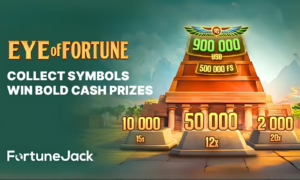Minting refers to the creation of new cryptocurrencies or NFTs by means of a proof-of-stake consensus protocol.
‘Minting’ is a term borrowed from the real-world meaning, which is the creation of new currency coins. In cryptocurrency, ‘minting’ is used to refer to the creation of new altcoins or non-fungible tokens (NFTs).
Minting new coins differs from mining in that with minting, new coins are minted by through a proof-of-stake (POS) protocol, whereas as with mining, they are created through a proof-of-work protocol.
This means that it also uses far less energy to mint an altcoin than to mine one. You will still need to pay the minting fee, though.
POS is a method of validating information and encrypting it into a new block in a blockchain. Basically, it is a way of adding data to the blockchain’s ledger with a unique code that is impossible to replicate and is completely transparent and traceable.
This means that proof of ownership and authenticity is undeniable as the wallet address that it is stored in is visible to everyone on the blockchain. Additionally, part of its algorithm allows for it to be transferable and purchasable between compatible wallets.
Another benefit of minting an NFT means that the artist’s work cannot be plagiarized and that they can also program their NFT’s protocol to ensure that they will profit from second hand sales as well as their NTF’s primary sale.
Minting an NFT varies from blockchain to blockchain, and usually entails the installation of software that will help you to encrypt your digital file and then hash it to the blockchain.
Some NFT marketplaces make this easier by providing their users with easy ways to encrypt files that do not require programming or coding skills. For instance, OpenSea offers a ‘Lazy NFTs’ minting service for Ethereum and Solana-based wallets.







